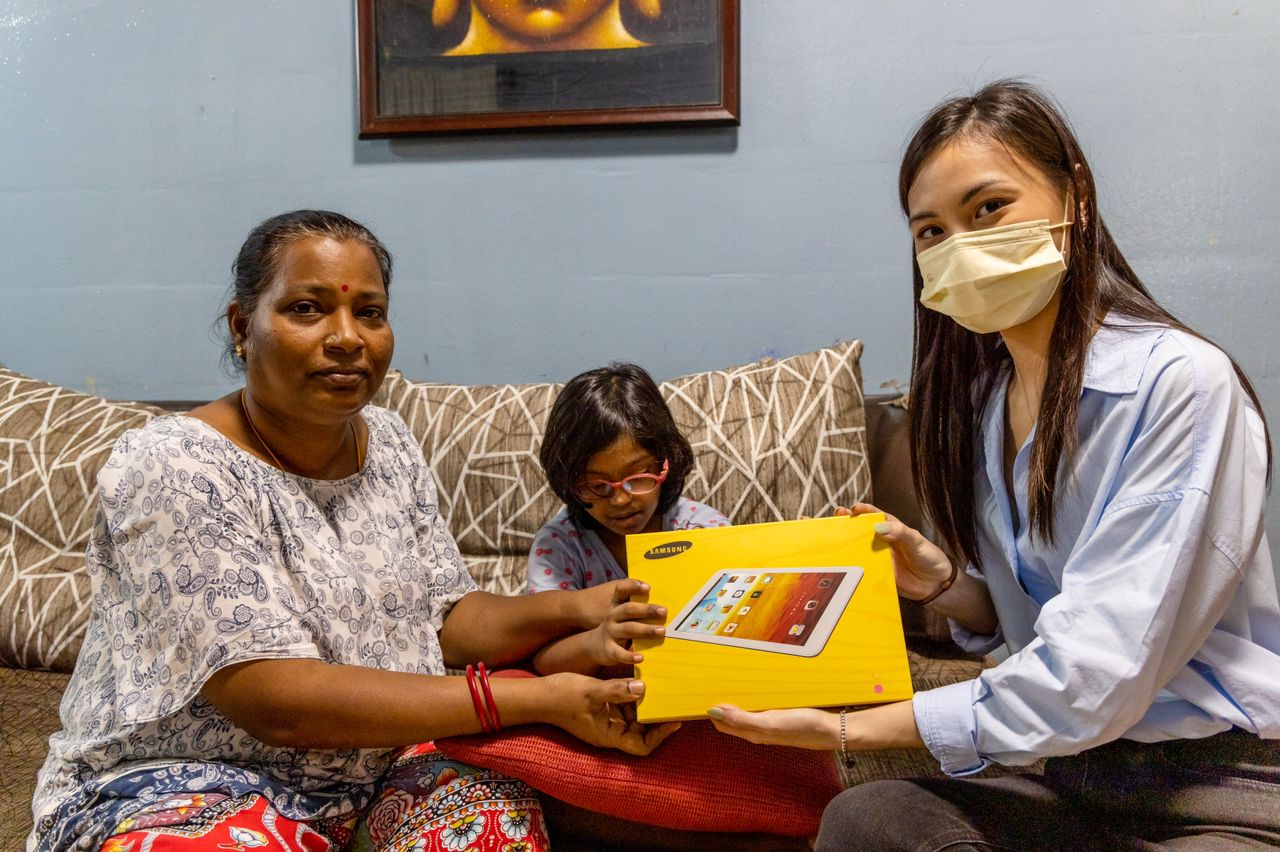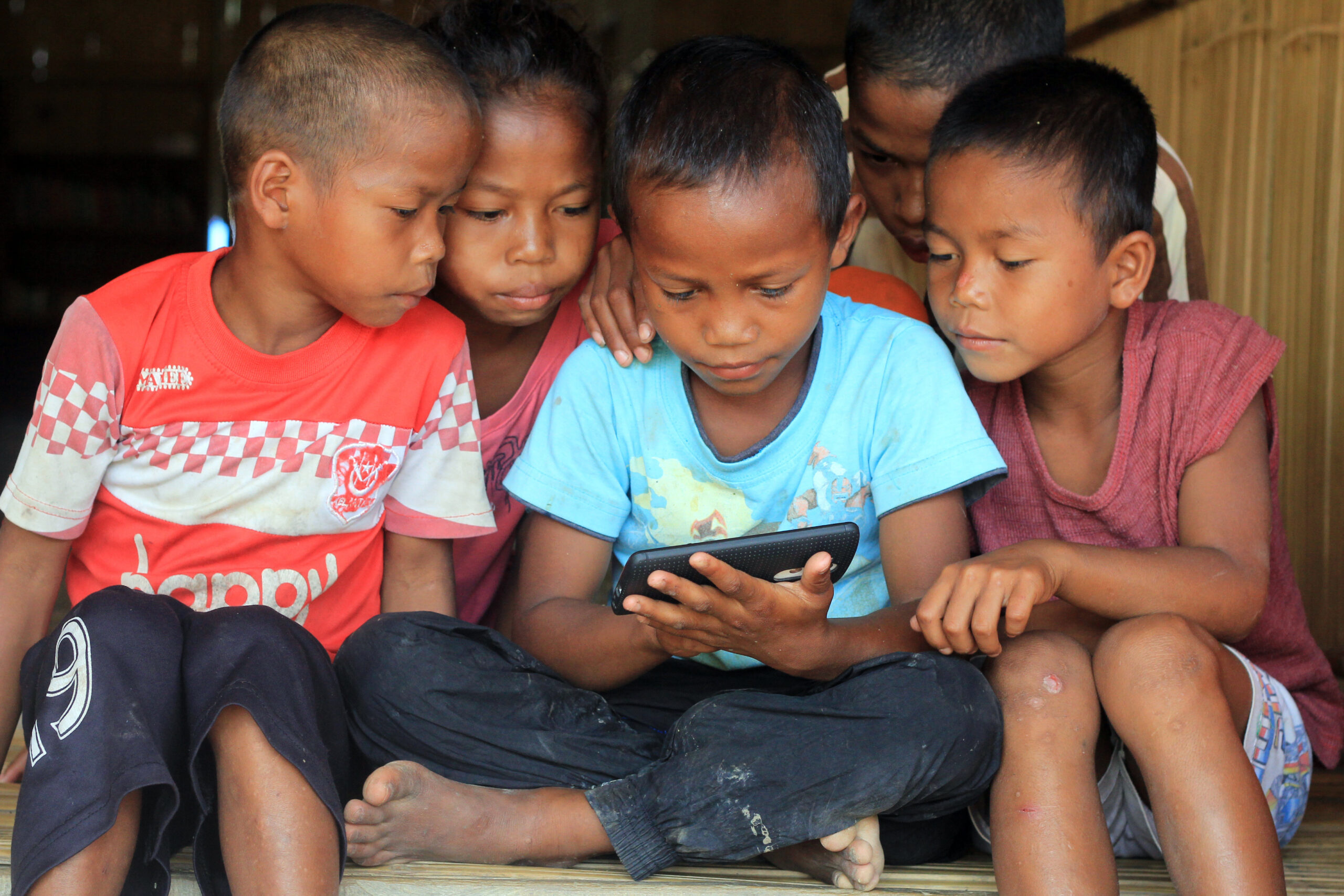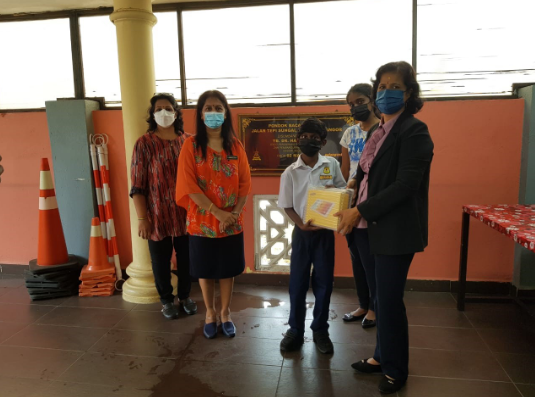By Shalini V Selvan & Jeremiah Thomas (BAC Apprentices)
A colossal issue when it comes to education for Malaysian children is digital literacy, and the culprit behind that issue is more often than not, digital poverty. Accessibility to good internet connection and the lack of devices to support learning, often stem from financial strains and the incapability of families to provide for their children.
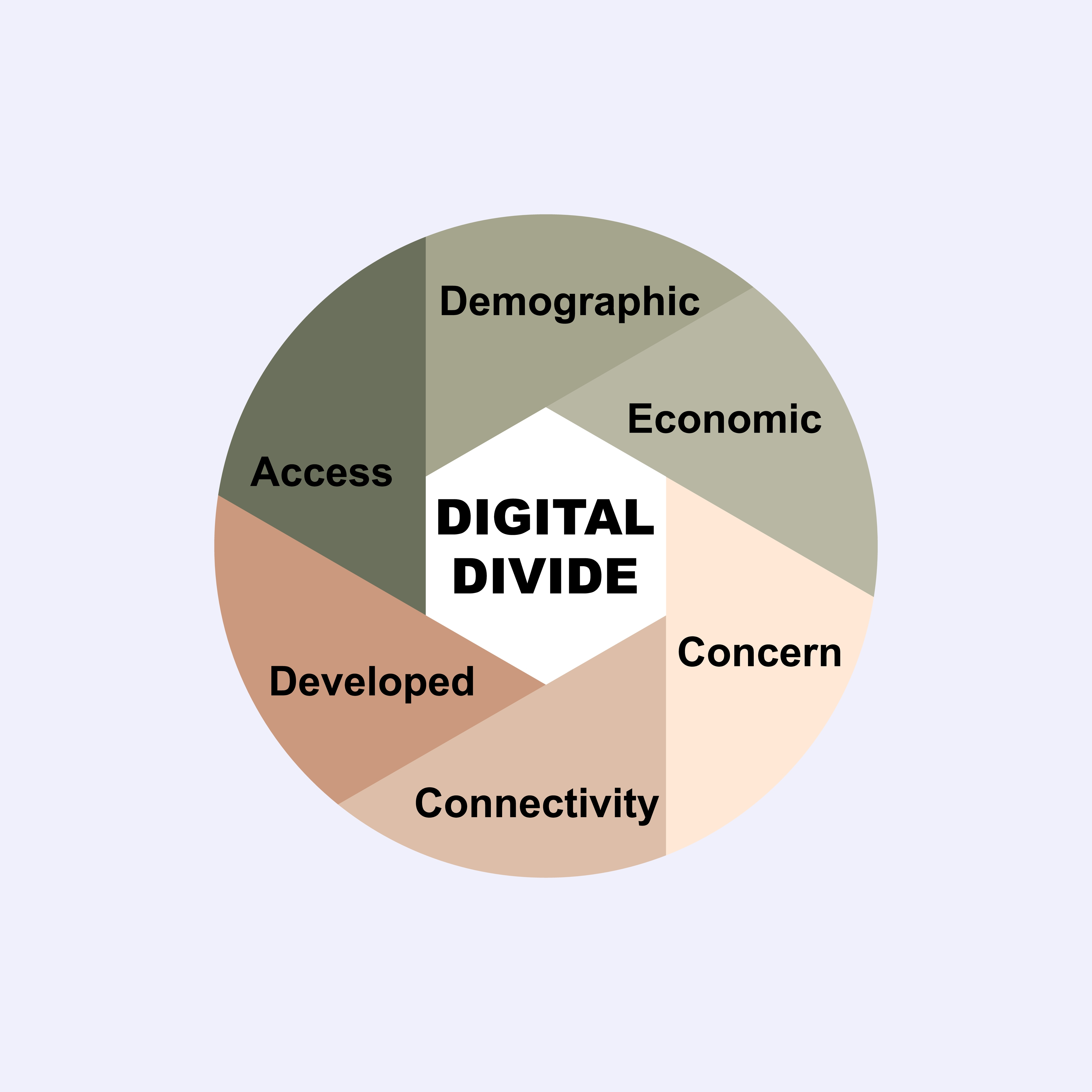
Aimi Najwa Hairuljaki, 20, a fifth-semester student in Early Childhood Education at Kolej Universiti Islam Melaka, spends RM10-15 every single week on mobile data only to find that “the explanation given by the lecturer difficult to be understood and inadequate, due to insufficient internet connectivity, and clarity, as compared to face-to-face mode,” she told The Malaysian Reserve (TMR). That is the cost of not having stable Wi-Fi connections, a direct setback in education, as the findings in a research conducted by Stanford University imply. Students in a country such as ours (with weaker infrastructure and longer school closures during this pandemic, had made little, or no progress while learning from home.
Yet, good internet connection is just the beginning of a molehill of an issue, that is digital divide. The United Nations’ (UN) agencies revealed in their latest study that online learning remains a paramount hiccup if schools were to close again, due to lack of equipment and connection.
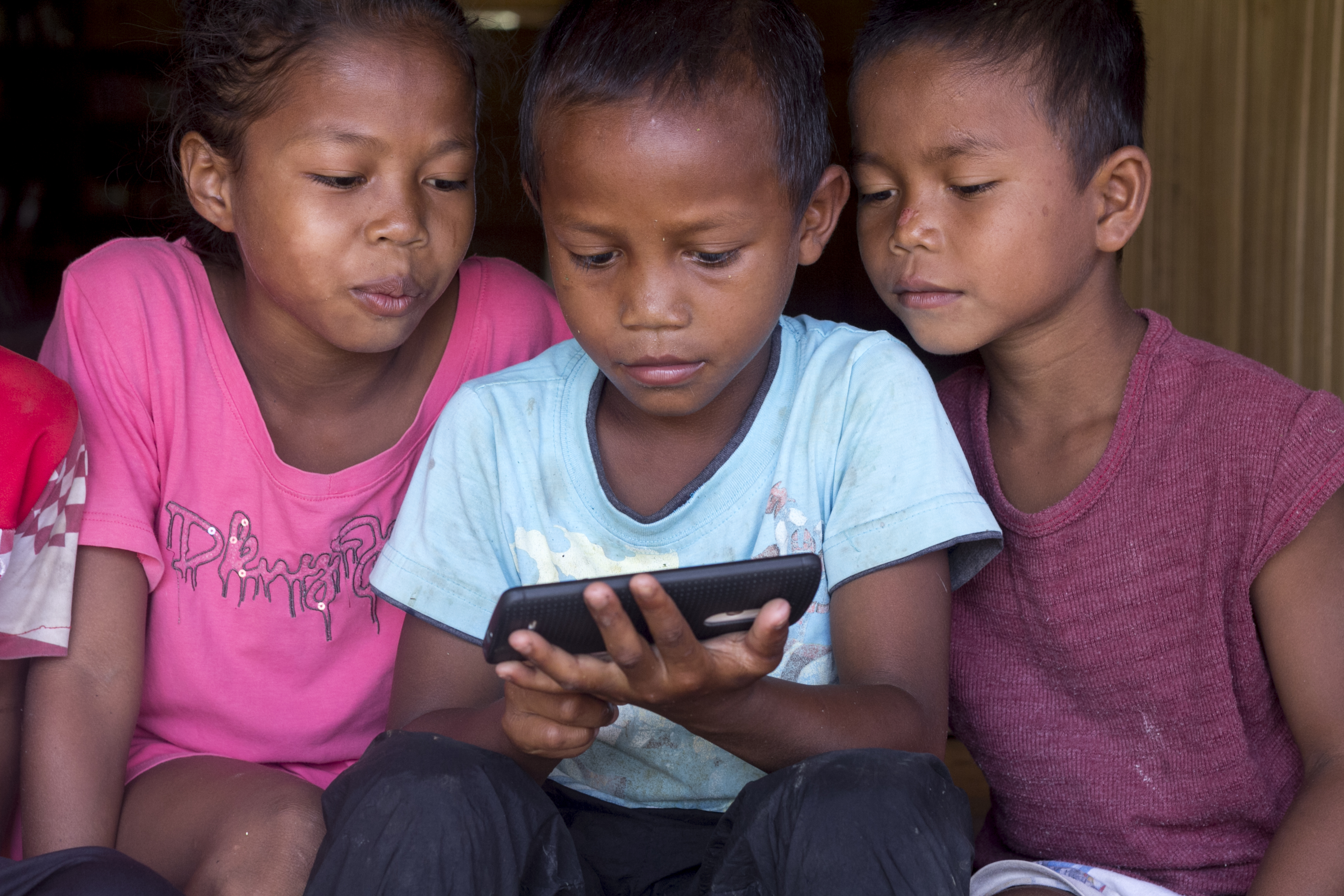
“During the Movement Control Order (MCO) and continuous lockdowns, 9 out of 10 students used mobile phones as learning devices, while 8 out of 10 students had no access to computers,” the second issue of UN’s “Families on the Edge” study revealed.
A prime case in point will be 14-year-old Pravin Selvakumar, who comes from a family of nine with six siblings still in school. “It’s not easy to do our studies online because there are nine of us but only three phones at home. We have to share handphones with our parents. My eldest brother, who is in college, has his own phone. Sometimes, internet data is also not enough.” says Pravin.
His mother, Premadevi Swaminathan, 45, says that they have a set timetable for the children to use her phone. The only type of digital device that the family owns are 3 mobile phones which are shared by 9 people.
Students in more rural areas of the country face astronomical access issues in online learning.
In the beginning of 2020, 18-year-old Veveonah Mosibin from Kg. Sabanalang Pitas in Sabah climbed a tree just to get better connectivity to internet for her studies. Veveonah, who is the youngest of five siblings, goes to Universiti Malaysia Sabah (UMS). During the pandemic, she posted YouTube recordings of herself spending the night up a tree to get better internet access for her exam.

“Studying off-campus due to the movement control order during Covid-19, was a challenge as internet access is not something that is readily available” she quoted. Her story is one that highlights the lack of facilities in many interior parts of Sabah.
The UNICEF study about the online lives of children in East Asia which hinges on sharing older family members’ devices to even something as small as access to WhatsApp should serve as a wake-up call to Malaysian societies to act now in bridging the gap of digital divide.

